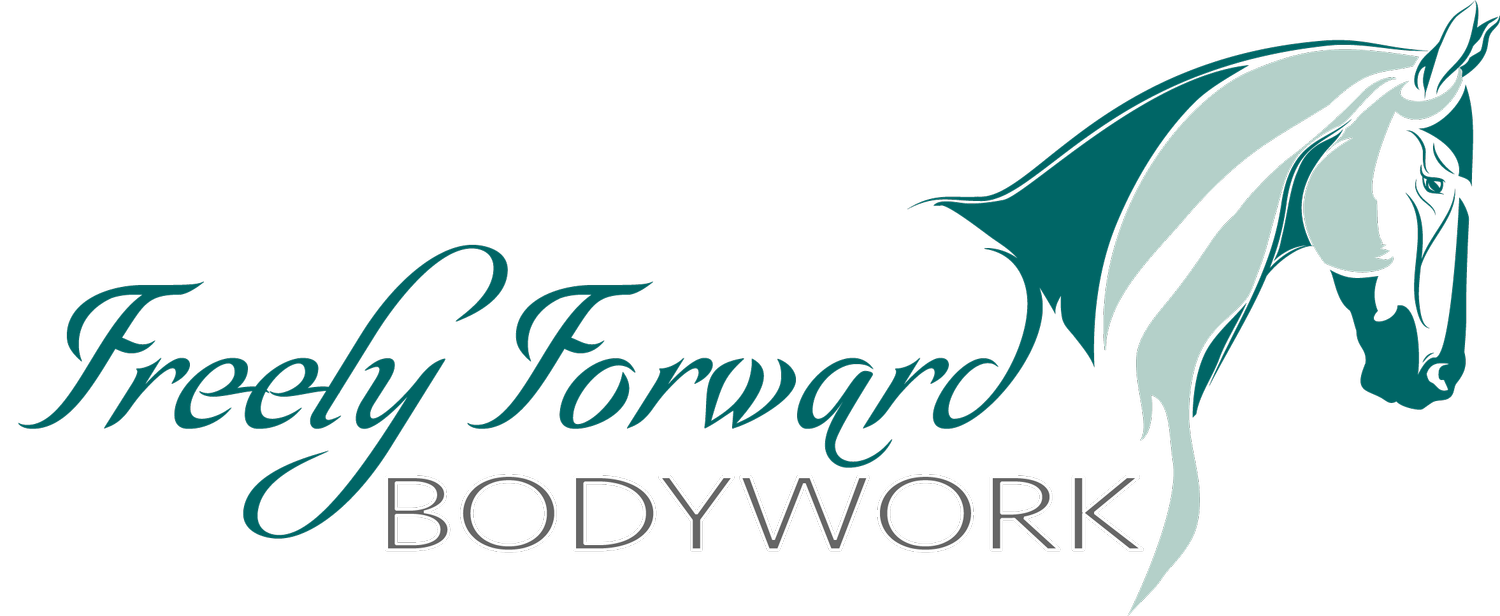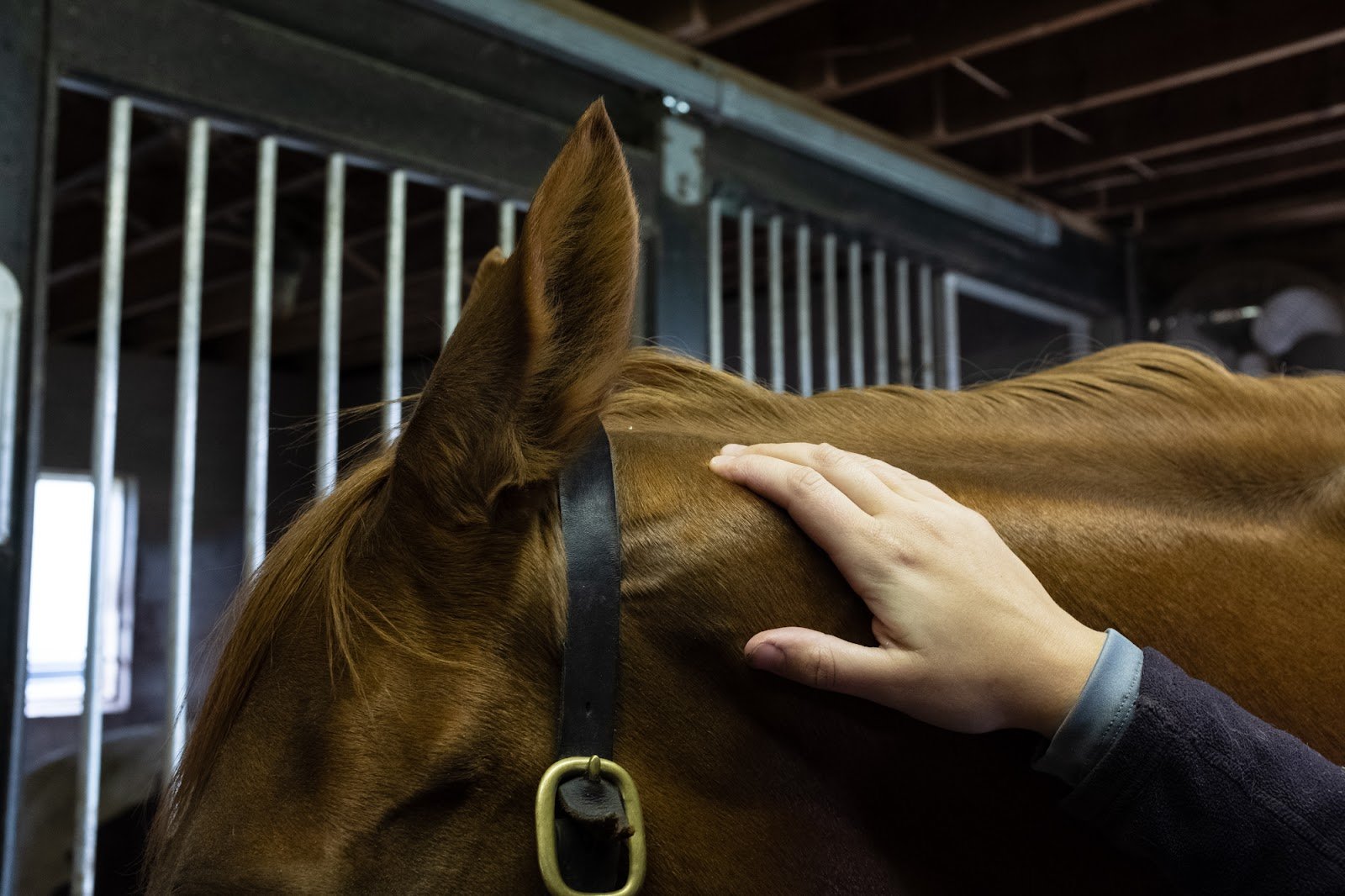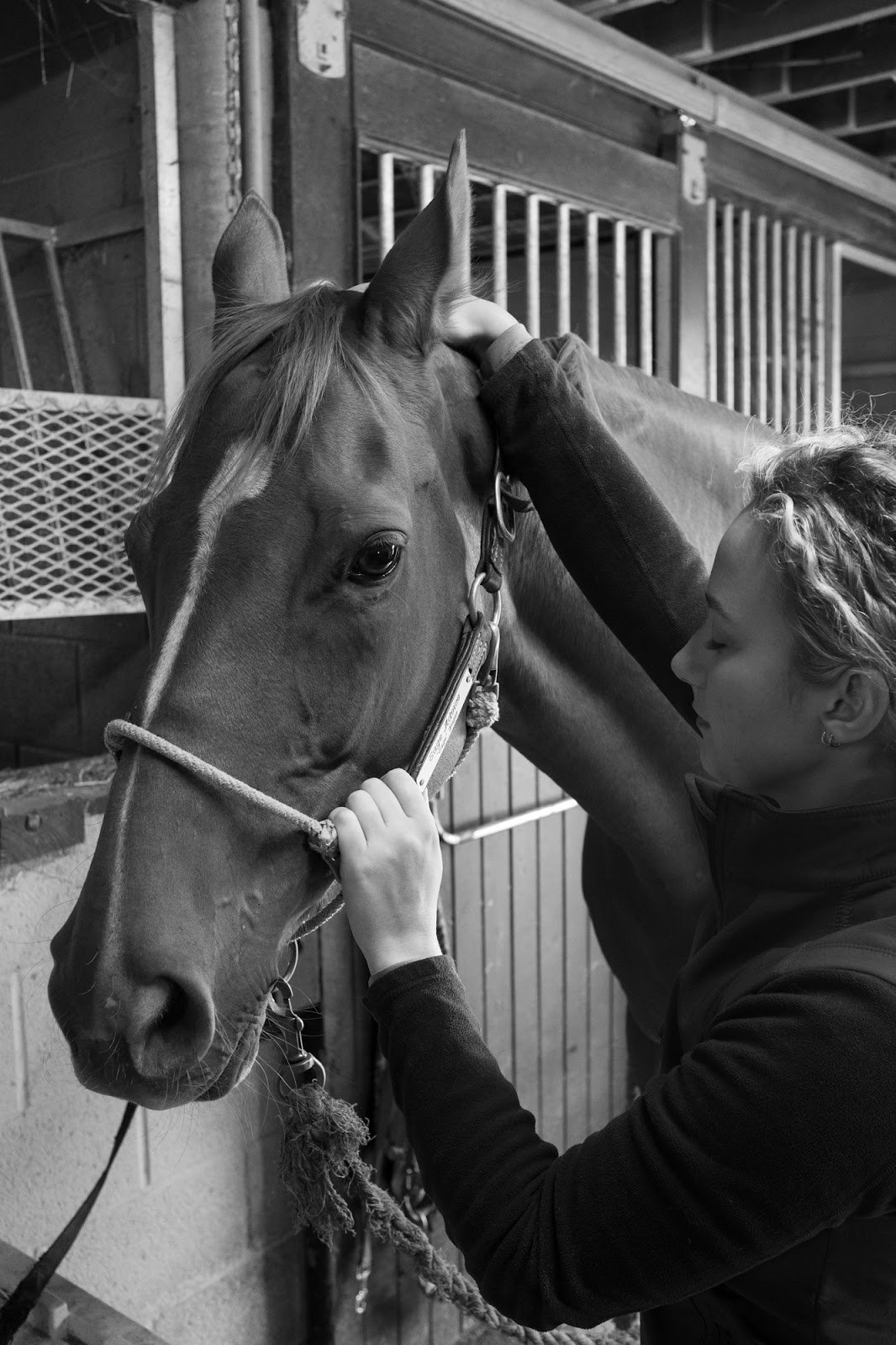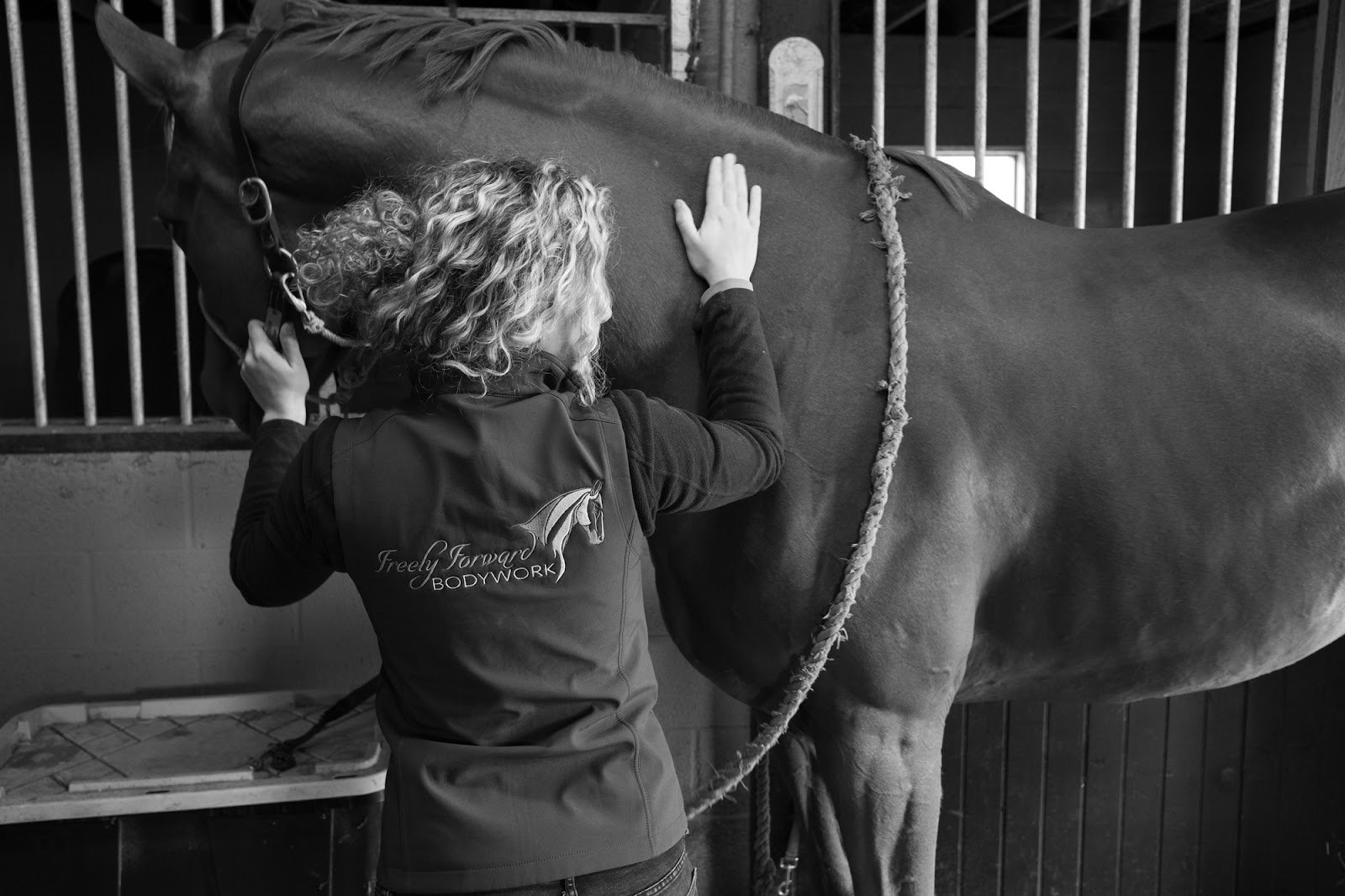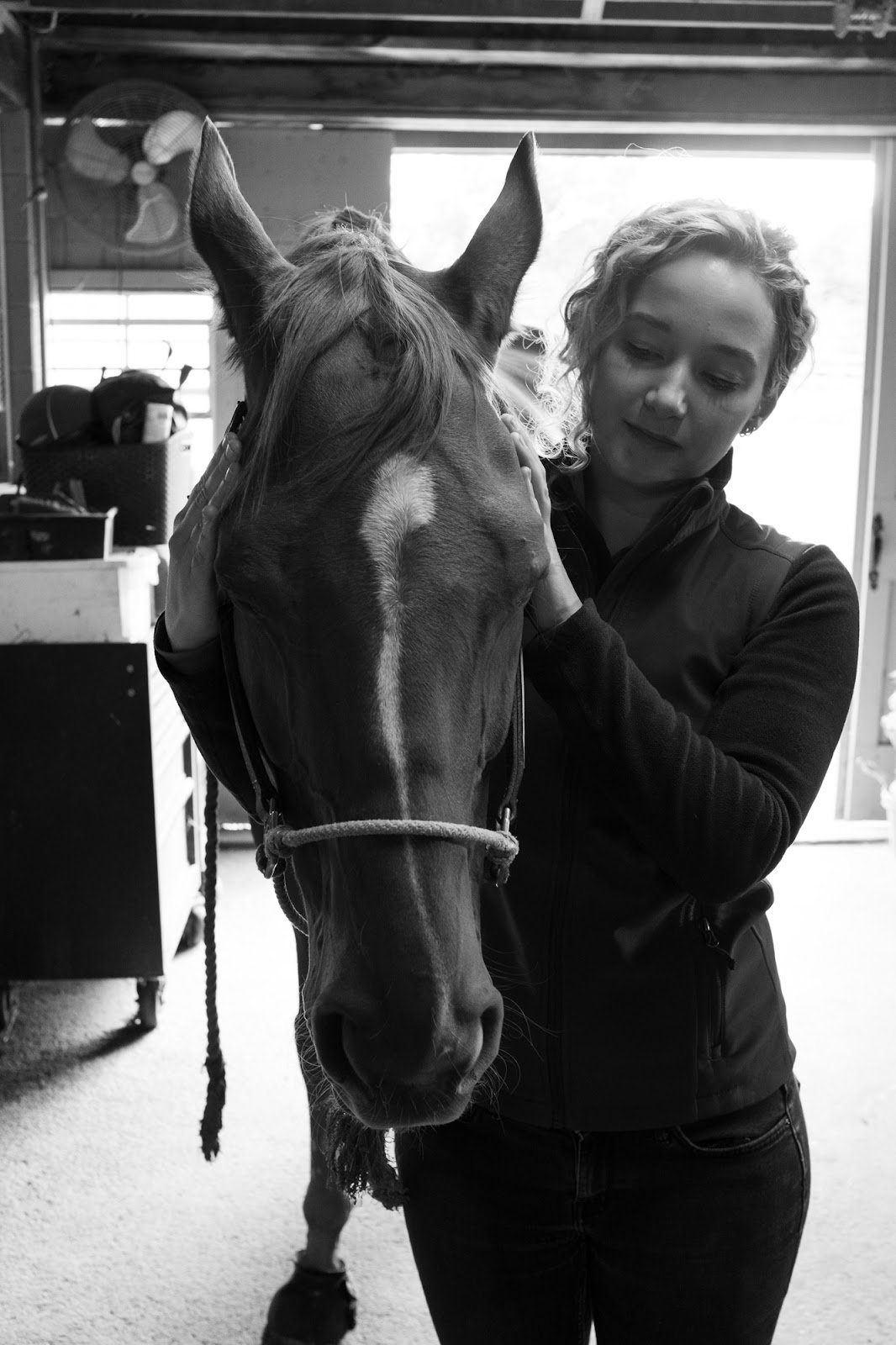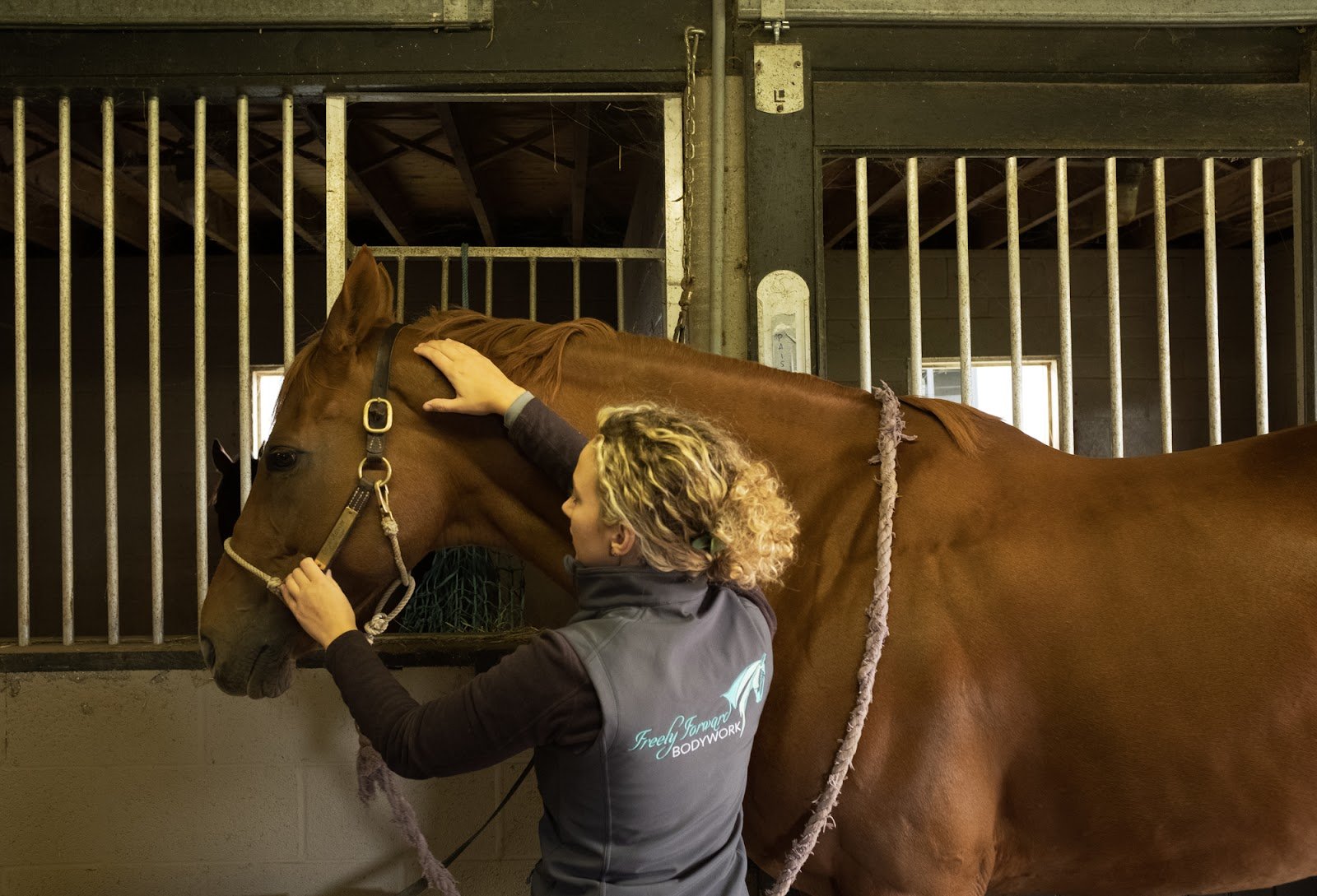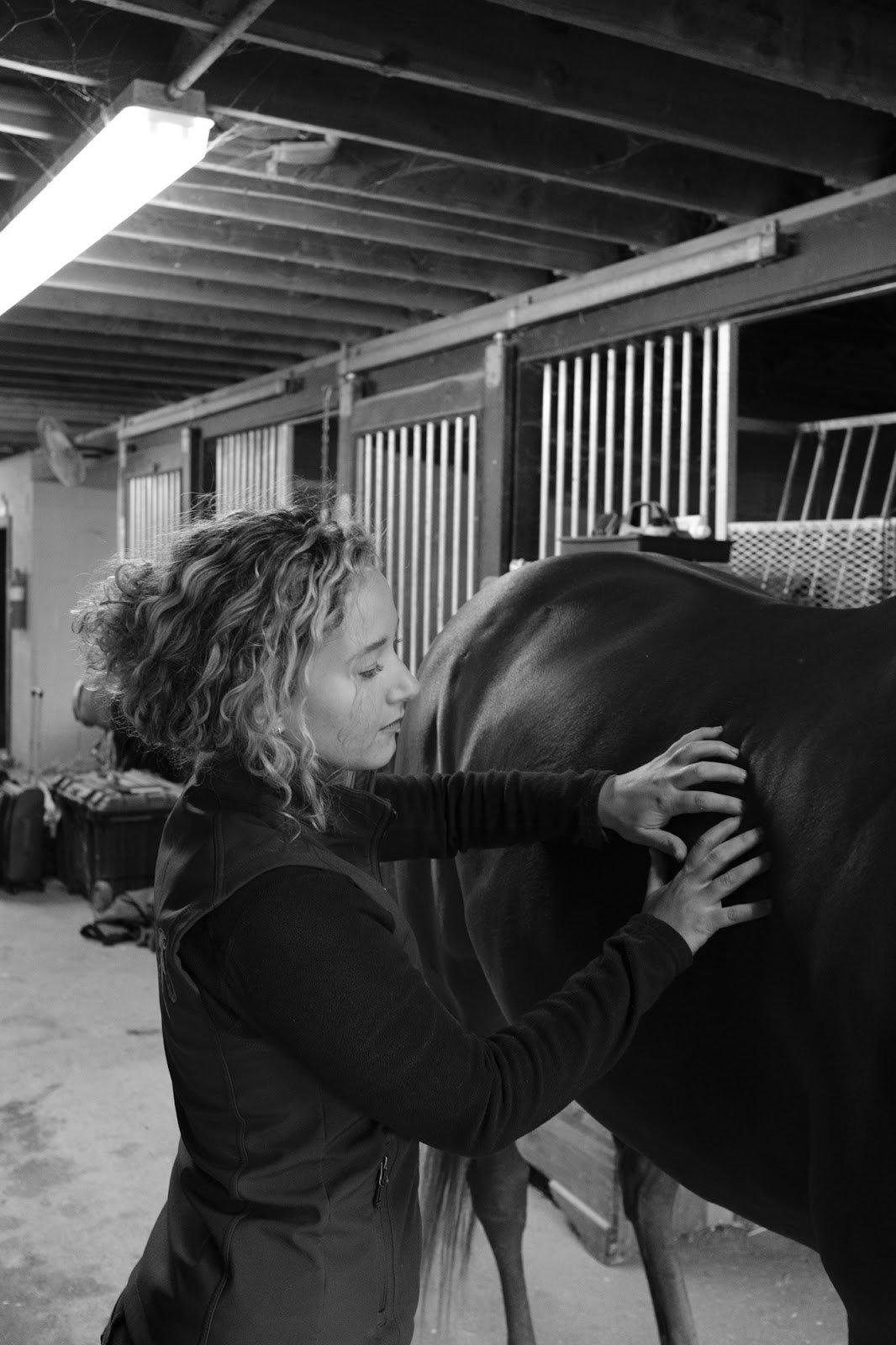Is Your Horse Experiencing Hind-End Pain?
It’s no secret that the horse’s hind end is of the utmost importance to their performance. No matter your discipline of riding, from dressage to showjumping to barrel racing and beyond, the hind end is the engine and the power source that propels everything. We as riders always strive to set our horses back on their hind ends to correctly harness the power and send them forward.
But it becomes a bit of a catch-22— sure, we want our horses to use their hind end as much as possible, but with regular use and physical exertion comes muscle fatigue and soreness. Can you tell when your horse’s hind end is becoming sore, uncomfortable, or even in pain? We can help. Here are a few signs and symptoms of hind-end pain in horses.
Image description goes here.
Falling on the forehand
Naturally, if your horse is reluctant to use their hind end, they will want to shift their energy in turn to their front end, or their forehand. They may begin to feel heavier in the contact and lean down on your hand.
Trouble maintaining one canter lead or the other.
Your horse may be extra sticky in their canter transitions to pick up one lead or the other, or they may even want to swap behind and cross canter. This can be a tell-tale sign of hind-end soreness.
Difficulty holding their hind legs up for the farrier or even for hoof picking.
While some might point to this phenomenon as impatience or even misbehavior in horses, it is often actually a symptom of some sort of discomfort in the hind end. It’s not necessarily an unwillingness, just soreness!
Trouble jumping.
Trouble jumping could present in a lot of different ways. It could mean that your horse has begun jumping in poor form and pulling rails, or it could mean that they are refusing to jump altogether. Again, this is not necessarily laziness or misbehavior! It could very well be a symptom of hind-end discomfort or pain.
Back problems.
Back pain can be so mysterious and can stem from so many places in the horse’s body. Among those places is the hind end, specifically the hamstrings, which have a close relationship with the sacrosciatic ligament that ties into the back.
Difficulty traveling straight.
Your horse may compensate for hind-end pain by traveling crooked, which often presents as the hind leg stepping under toward the midline of their body rather than straight into the hoofprint their front foot left.
If any of these symptoms are striking a chord, your horse could very well benefit from some bodywork. Equine massage therapy is an excellent, non-invasive therapy treatment that targets muscle soreness and renews your horse’s body, allowing them to feel their best and increase their performance.
If you’d like to learn more about horse massage therapy, check out Equine Massage 101, the online equine massage therapy course from Freely Forward Bodywork. Equine Massage 101 breaks down step-by-step dozens and dozens of equine massage therapy techniques for you to practice at home. This online horse therapy course will teach you signs and symptoms to help identify pain in various areas of your horse’s body. It also includes plenty of tutorials on horse stretching techniques you can try with your horse. It’s a wonderful, affordable investment into your horse’s health and well-being that will benefit you both in the long run.
